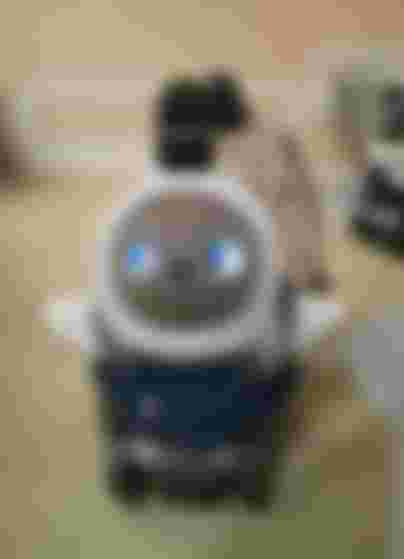In the Land of the Rising Sun, the coronavirus epidemic is accelerating the trend of using therapeutic robots in schools and private homes, bringing prosperity to companies in the field of cybernetics and information technology. The response to the consequences of a coronavirus pandemic varies from country to country, and although it is clear that the mental scars caused by the loss of loved ones, fear of illness and economic uncertainty are very profound, in a time when the battle against the virus entertain them.

Economically, the inevitable changes in the behavior of the population cause enormous damage to certain sectors of the economy, such as transport and catering, but bring profits to companies that deal with information technologies. A longer stay at home encourages the growth of sales of furniture and household appliances and the growth of online shopping. Fear of infection also encourages migration from large urban centers to the interior and the purchase of land in rural areas. One example of the role that technology can play in mitigating the effects of the epidemic on mental health and one of the indicators of economic change brought about by lifestyle reorganization is the data coming from Japan that sales of companion robots have multiplied in recent months. The land of the rising sun is often called the "robot-healer".
A "living" machine
Research by school psychologists in Japan in recent months suggests that about 70% of children surveyed show some form of discomfort and stress due to the coronavirus. It is about the disappointment, confusion and insecurity that the children first experienced by canceling classes during the state of emergency, ie due to the inability to socialize with peers and engage in sports activities around the school after school. After going back to school, schoolchildren suffer from fear of infection and stress caused by hygienic discipline. Many children, psychologists say, feel anxious and torn as a result of all this and have problems with concentration.

As a means to alleviate that stress, a mini robot companion called "hunting" has been entering classrooms and kindergartens in Japan in recent months. This cute robot, 43 centimeters high and weighing about four kilograms, is equipped with cameras and loaded with sensors that allow it to avoid obstacles, turn its head and direct its eyes towards the person approaching or turning to it, and to feel and react sympathetically to touch. all over the body. In communication with people, a thermographic camera is especially useful to him, thanks to which he can distinguish living beings from objects based on temperature. The hunt, which is made to look like a creature between a pet and a human baby, enchants users with its large, expressive eyes, sympathetic movement and waving of arms, and smooth voice.
Its meticulous creators also made sure to adjust the heat of his body to about 37 degrees, so that contact with him, at least subconsciously, reminds of contact with people. In an effort to bring the machine closer to a living being, they have paid special attention to making the eyes, which consist of multiple layers, and by changing angles, brightness, and depth express a range of feelings and states, such as joy, sadness, anticipation, or thoughtfulness. The robot "learns" by updating the software, which enriches the variety of behaviors and feelings it can express. Hunting is also offered in pairs - then the two machines communicate with each other and create an emotionally more complex situation, where, for example, one robot expresses jealousy and protest because it does not receive the attention given to the other.
Joy for children
The presence of a robot in the classroom gives children a reason to talk - discussions about what name to give it and how to play with it are accompanied by a lot of noise and laughter. Because of that, the children are looking forward to going to school and feel special and proud to have such a cool device in their class. One of the attractions for children in kindergartens is dressing a small robot with various cloths.

The manufacturer, a young private company "Groove X", points out that it can serve for much more than just socializing and cuddling, that is, to provide more than a cure for loneliness and restlessness. Namely, hunting contributes to the development of a sense of responsibility, care and compassion similar to the one that encourages caring for pets or domestic animals, its creators say, because it asks children for attention and help in various situations. The robot is thus not just a healer, that is, a therapeutic tool, but also an educator. For a price of close to $ 2,900 for the robot itself, to which should be added the regular monthly cost of maintaining and updating software that raises the price by another thousand to two a year, the user gets the opportunity to monitor the room where the robot results. It can therefore be used in old people's homes and hospitals.



These are playing great role today